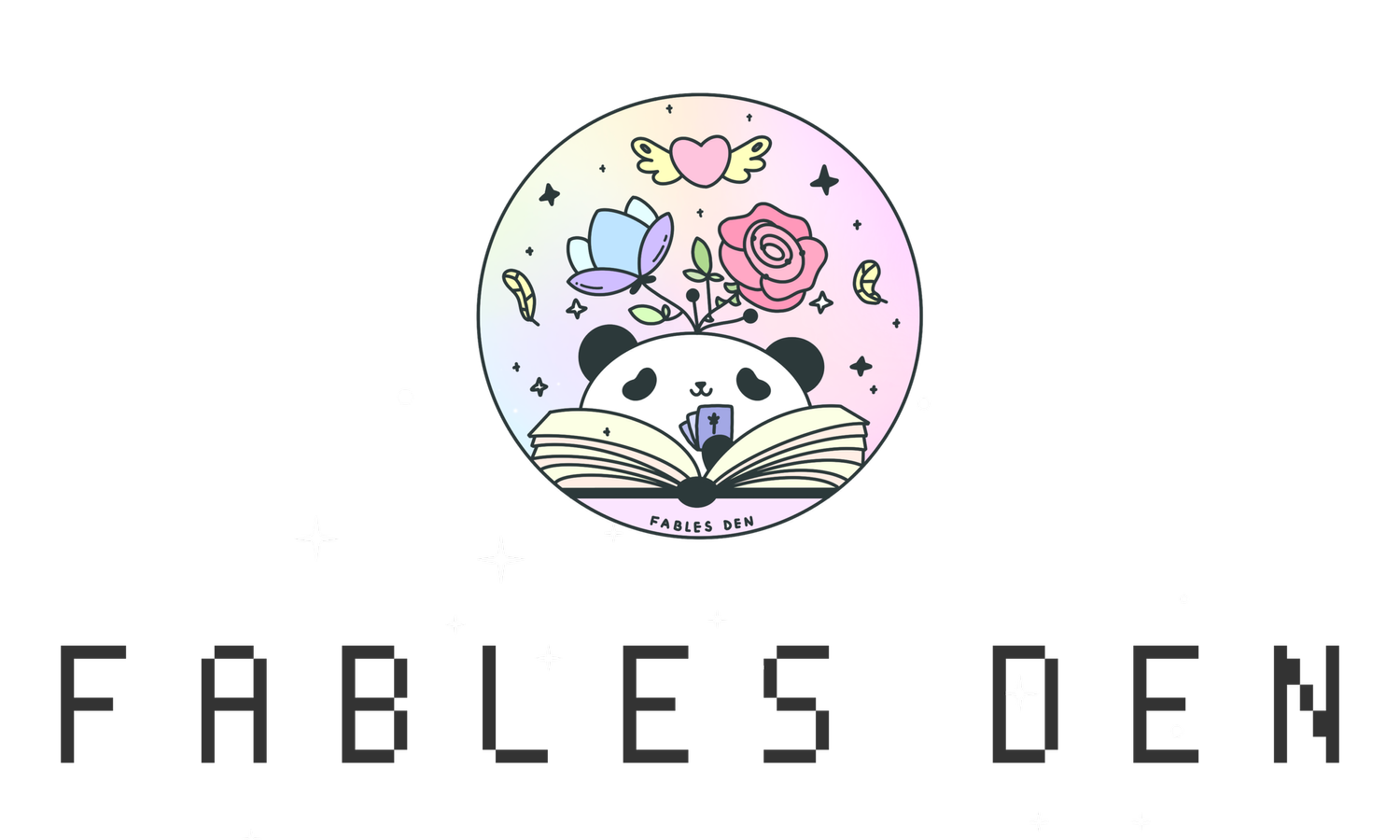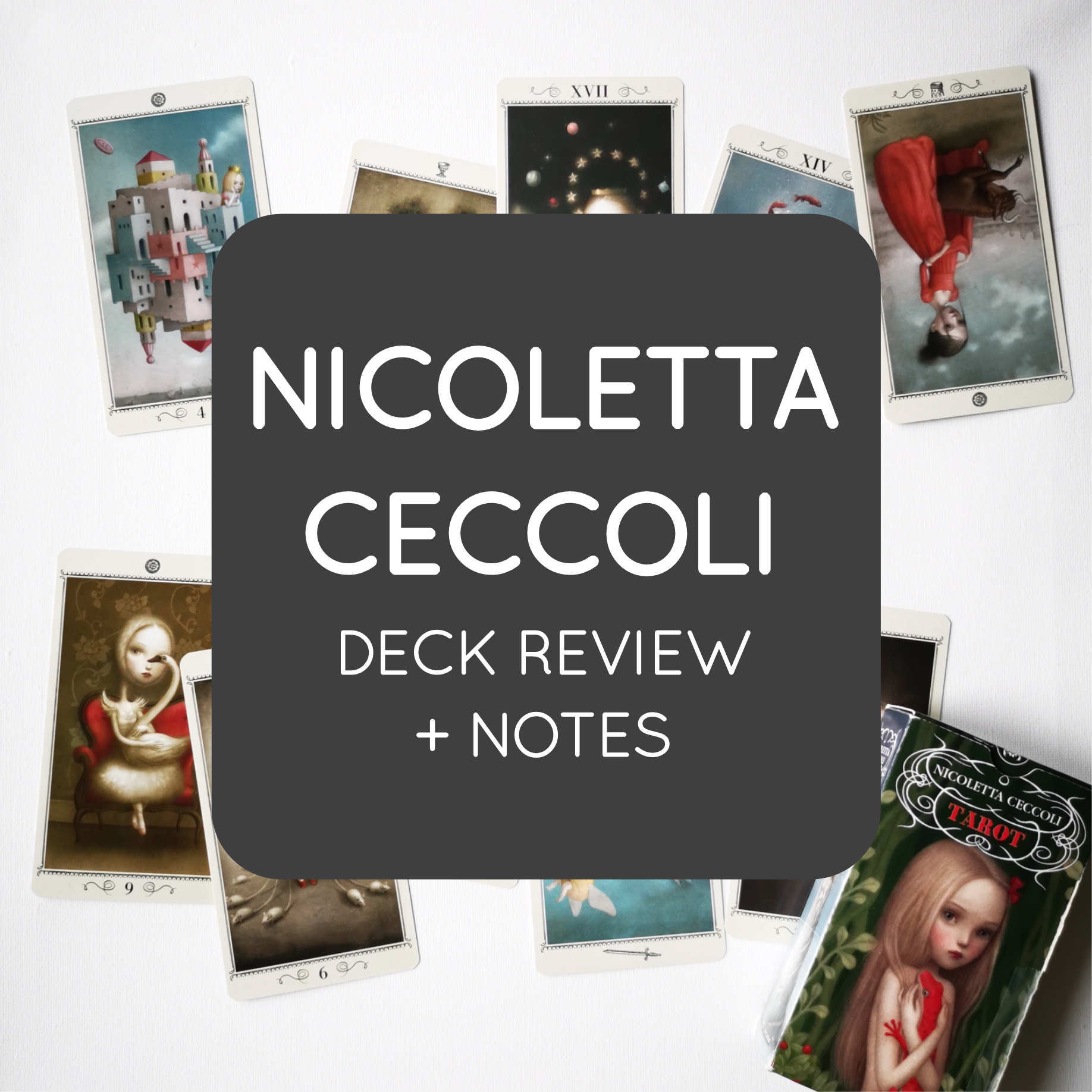Nicoletta Ceccoli Tarot
The Ceccoli Tarot reminds me of the nightmarish dreamscapes of Alice: Madness Returns, which is by far one of my all-time favourite video games. The atmosphere is both childlike and dreamlike--the world of Ceccoli is a strangely fantastical one, saturated with grotesque and darkness. The soft shading gives it an ethereal quality. In short, the artwork is absolutely stunning. To quote my friend Maria Argueta, who sums up the artwork much better than I do: "The whole soft shading aligns with the dreamy state of the surrealist movement."
Maybe it's the surrealism; initially I didn't think my intuition would connect to the imagery as much as it actually had. For one, the surrealism made it seem unapproachable and distant. The symbology didn't seem like it would be intuitively applicable to real-world problems. I worried that it would fail to capture the human experience because the motifs are so strange and otherworldly.
However, I was wrong. I was able to tap into this world of soft colours. What I love the most about this deck is the sense of unease and danger it seems to radiate. It has a certain fragility and vulnerability that it carries that makes it so precarious. It's like you are treading on glassy ground above the eternal abyss of ethers and dream material. I find the imagery fascinating, and I took the time to study the recurring symbolism and motifs throughout the cards. It's like anytime if you let your fear take over, the sweet and wonderful things can become spoiled and rotten.
The Alice in Wonderland theme is quite prevalent. I think there are almost ten cards that made a reference to the Carroll's world of absurdity and dreamy potentiality. I also found these recurring symbols very interesting:
Alice in Wonderland: tea cups, poker cards, mushrooms, roses
The white rabbit, or rabbits in general
Food, and the mutilation of food
Insects, such as spiders, bees, and flies
Things you would find in a nursery, such as colourful building blocks, dolls, rocking horses, buttons
I also noticed that there is absolutely no male representation in this deck. Every single deck, save for the Emperor, the dwarves on the Snow White Card (Death), and a few miniscule male sidekicks in the background. It's interesting that there is little to none male presence in this deck. The Hierophant is a monkey with a cymbal. Is it because dream exploration carries an intrinsically feminine vibe? Since the feminine in tarot is associated with receptivity, intuition, and inner explorations--dreamscapes like the Ceccoli Tarot is perhaps a feminine deck in that regard.
There is also an interesting theme of metamorphosis, or rather, a theme of becoming. Many of the cards depict a girl in the midst of becoming something, or she is sort of half girl and half object. If you take a look at the Magician, which is a girl putting on the mask of a snow leopard--this perhaps indicates that in the world of dreams, you can become whatever you want to become. You are the shaper of your dreams, but if you allow fear to overtake you, your dreams become spoiled and rotten, and they become a nightmare that you cannot wake form.





